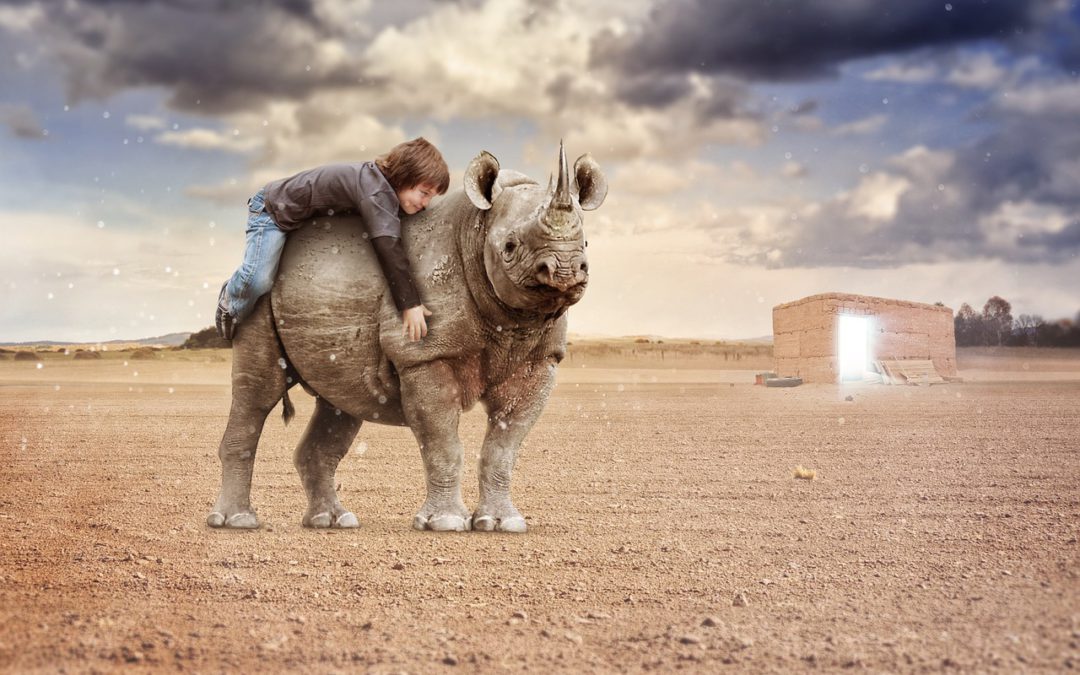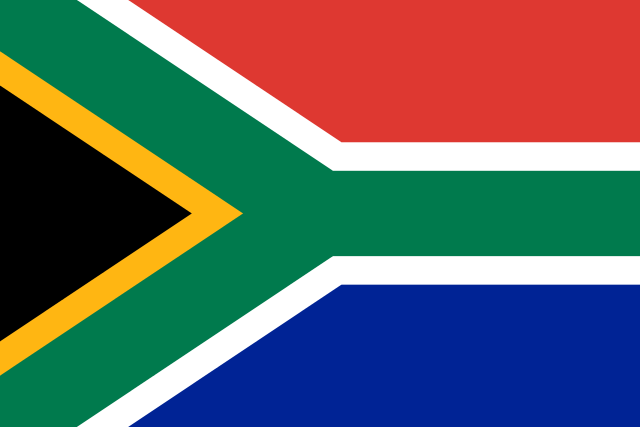After three years and 20 failed attempts, South African scientists finally produced the first Cape buffalo using the in vitro fertilization (IVF) method. With 900,000 Cape buffalo left in Africa, this served as the perfect experiment to help a species that is not yet endangered, but will benefit the population.
“The object is certainly not to reproduce buffalo of superior genetics … the goal is the conservation of species,” said Frans Stapelberg, the owner of the farm where the buffalo was born.
Most importantly, this IVF technique will benefit the population of other endangered species like the northern white rhino. Only three are left in existence, and they are currently housed on the Ol Pejeta Conservancy in Kenya. The technique will also help the southern white rhino population. There are around 18,000 to 20,000 left in South Africa, but they are being relentlessly poached for their horns.
“This success [of IVF] is of major importance for the prospective breeding of endangered species, and that is the reason why we are undertaking this work,” said Morne de la Rey, a veterinarian and managing director of Embryo Plus, a company that specializes in cattle embryo transfers and semen collection.
“Extensive preliminary research was necessary to mature and fertilize the eggs, and to incubate the embryos to an advanced stage of development, as all species have different requirements for growth and utilize different nutrients during the laboratory phase of the largely uncharted path of IVF/IVP in African game species,” de la Rey said.
Similar to IVF for humans, egg cells from the mother were extracted using a technique called ovum pick-up, similar to that used on human donors. The buffalo was under anesthesia during the procedure.








